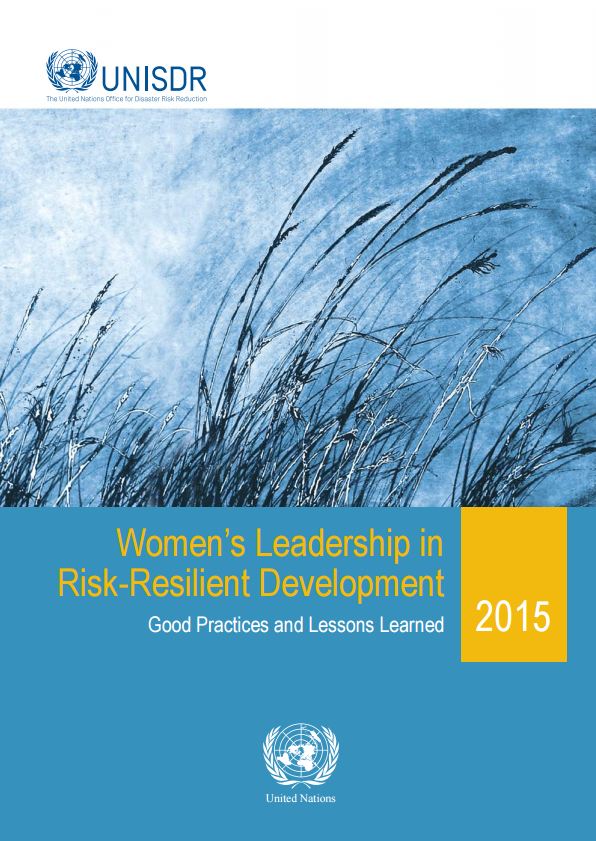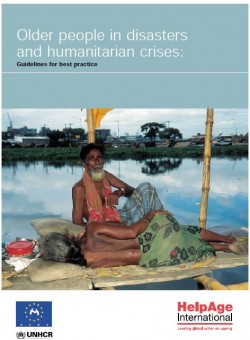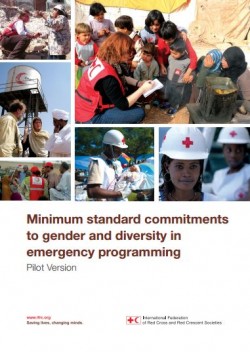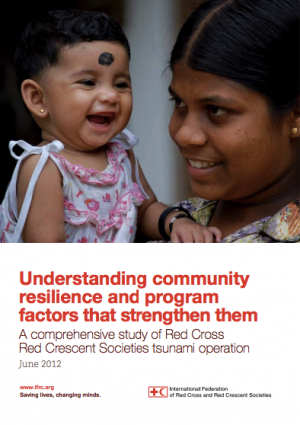Purpose
This publication aims to shed some light on women’s capabilities to take leading roles in building disaster resilience. It features women as drivers of change in different socio-economic contexts, and under various gender conditions.
The publication includes case studies from 14 countries in Africa, Asia and Oceania. For each case study it looks at the initiative, its impact and results, the good practices, lessons learned and potential for replication.
Overview
- Based on the success of the Girls in Risk Reduction Leadership (GIRRL) Project of the African Centre for Disaster Studies (ACDS), a project is under way in Lesotho, Malawi, Zambia and Zimbabwe, adapting GIRRL to local contexts. Trained as leaders and resource persons, participating school girls have gained better social status and taken up leadership roles, serving as key Disaster Risk Reduction (DRR) informants. The girls also identified potential hazards and encouraged DRR measures. Through them, gender equity is introduced into DRR work.
- Following the Black Saturday bushfires in Australia on Saturday 7 February 2009, research was conducted to throw some light on what actually happens to women during a disaster and its aftermath in Australia. Based on its findings, a series of women-led actions and events took place, leading to many Australian ‘firsts’, of which the creation of Australia’s first Gender & Disaster Taskforce, a key body for advancing gender and disaster issues in Victoria.
- Some remote coastal villages in southern Bangladesh are not yet reached by the country’s national disaster management system. In light of the above, Action Against Hunger (ACF) implemented a Disaster Risk Reduction (DRR) pilot project in 10 villages, establishing a Village Disaster Management Committee (VDMC) and a Women’s Committee (WC) in each of them. When a tropical storm struck, shortly after the end of the project, the women put in practice the disaster preparedness measures that had been explained to them. They protected their lives and livelihoods, on their own initiative, without the intervention of the national disaster management system.
Usage: Learning from experience
Audiences: Technical staff, Gender and diversity practitioners, Volunteers
Reference: United Nations Office for Disaster Risk Reduction (2015). Women’s Leadership in Risk- Resilient Development: Good Practices and Lessons Learned (pp. 1-96). Available from: http://www.unisdr.org/files/42882_42882womensleadershipinriskresilien.pdf [Accessed: 23 December 2015].
![]()





